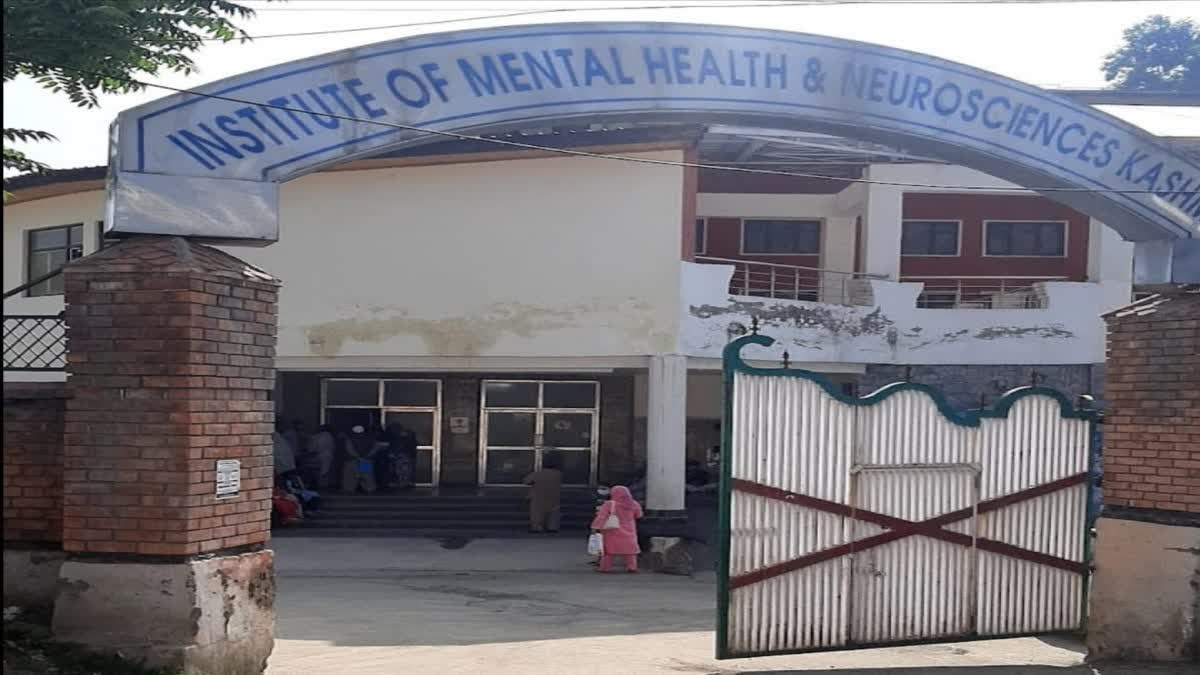Srinagar (Jammu and Kashmir): A recent study by the Institute of Mental Health and Neurosciences, Kashmir (IMHANS-K), GMC Srinagar, has revealed a 7-10 per cent prevalence of Attention Deficit Hyperactivity Disorder (ADHD) among children in Kashmir, highlighting associated risks of substance abuse.
ADHD, a neurodevelopmental disorder marked by hyperactivity and inattention, typically emerges before age 12. Despite its higher prevalence in males, ADHD can persist into adulthood, increasing risks of substance misuse and vocational challenges.
Conducted over 12 months from March 2021 to February 2022 at IMHANS-K's Child Guidance and Wellbeing Centre, the study examined the socio-demographic and clinical profiles of 208 children aged 6-16 years diagnosed with ADHD. The findings showed a male predominance of 69.2%, consistent with established models. ADHD prevalence decreases with age, aligning with symptom reduction trends.
Socio-economic analysis revealed a higher prevalence of ADHD in the lower middle and the upper lower classes, suggesting financial difficulties as a potential predictor. The combined subtype of ADHD was the most prevalent at 71.2 per cent.
The study, published in GMC Srinagar’s Journal of Integrative Medicine and Public Health (JIMPH), underscores the need for targeted interventions to address ADHD’s diverse presentations in children and adolescents. These efforts can optimise management and outcomes for affected individuals.
About 5-7 per cent of children suffer from ADHD, and it often goes undiagnosed as parents tend to normalise the behaviour. The study highlights the risks of substance abuse and other mental health issues in undiagnosed cases, emphasising the importance of timely diagnosis and treatment. Teachers also play a crucial role in observing behaviour and should report concerns to a psychiatrist.
ADHD may contribute to low self-esteem, troubled relationships, and difficulties at school or work. Symptoms include limited attention and hyperactivity, with treatments ranging from medication to talk therapy. The study noted that ADHD in Kashmir typically appears in children aged 6 to 9 years. While genetics is a primary cause, environmental factors such as exposure to smoking and alcohol during pregnancy also contribute. The impact is increasing, raising concerns among doctors.
Globally, ADHD affects approximately 1,360 lac (136 million) children and adolescents, with a prevalence range of 5-6 per cent. The study observed that most ADHD cases in Kashmir present during spring and autumn, suggesting a possible seasonal influence.
The study calls for initiatives such as free diagnostic evaluations and treatment options for individuals from lower socio-economic backgrounds. Collaborative care, including medical interventions, behavioural therapies, academic accommodations, and lifestyle modifications, can provide comprehensive support for individuals with ADHD.
